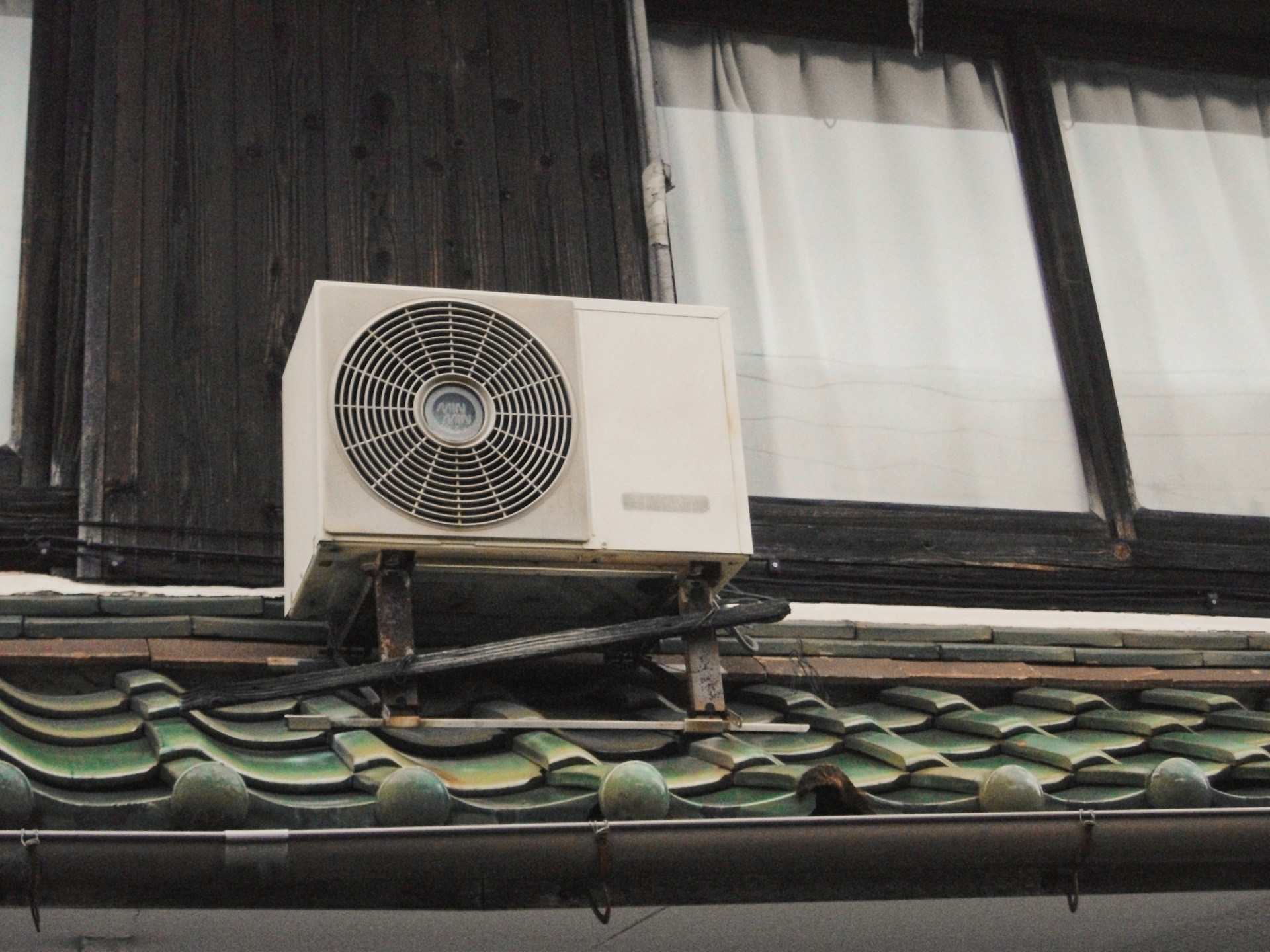 High-Converting Funnels – From Ad Click to Final Sale!
High-Converting Funnels – From Ad Click to Final Sale!
Why Is Website Accessibility Important for Nonprofits?
Written by Deepak Juneja » Updated on: November 19th, 2024

In a study done by WHO it is found that almost 16% of the world’s population have some form of disability. This significant statistic underscores the importance of accessibility in all facets of life, including the digital realm. Thus a website needs to be accessible so that everyone can navigate, understand, and interact with online content regardless of their abilities. For nonprofits, ensuring that their websites are accessible to everyone is not just a legal obligation but also a moral one.
Website accessibility can significantly impact a nonprofit's ability to reach and serve its audience effectively. In this article, we will explore the critical importance of website accessibility for nonprofits. We will delve into the legal requirements, the benefits of inclusive design, and practical steps to make your website more accessible. By creating accessible websites, nonprofits can reach a broader audience, foster inclusivity, and enhance their mission's effectiveness.
What Is Website Accessibility?
Website accessibility means designing websites so that everyone, including those with disabilities, can also use them effectively. Legally, this is mandated by laws such as the Americans with Disabilities Act (ADA) and Section 508, which require that digital content be accessible to all users.
For nonprofit web designers ensuring website accessibility is not just their legal obligation but also an ethical and social responsibility. By making their websites accessible, nonprofits can ensure they are inclusive and welcoming to all, which aligns with their mission to serve and support diverse communities. This commitment enhances their credibility and strengthens their ability to effect positive change.
Importance Of Website Accessibility For Nonprofits
Legal Compliance
Legal compliance with accessibility standards, such as the ADA and Section 508, is crucial for nonprofits. Failing to meet these requirements can result in legal penalties and lawsuits. Ensuring accessibility not only avoids legal issues but also demonstrates a commitment to equal access for all. This proactive approach showcases the nonprofit's dedication to inclusivity and equal opportunity for everyone.
Reputation and Trust
Accessible websites enhance the reputation and trustworthiness of a nonprofit. When users see that a nonprofit values inclusivity, they are more likely to support and trust the organization. This positive perception can lead to increased community support and credibility.
Fundraising and Donations
Accessibility positively impacts fundraising by making it easier for everyone to donate. When donation forms and payment processes are accessible, more people can contribute, leading to higher donation rates. This inclusivity can significantly boost a nonprofit's fundraising efforts.
Improved User Experience
Accessibility also enhances the overall user experience for all visitors. Features like clear navigation, readable text, and alternative text for images make websites easier to use. This leads to improved satisfaction and engagement, encouraging users to spend more time on the site and interact with its content more effectively.
Enhanced SEO and Search Engine Visibility
Accessible websites are favored by search engines. Sites with features like alt text for images and proper heading structures are ranked higher, boosting visibility. This leads to more traffic and helps nonprofits reach a wider audience. Enhanced search engine visibility means more people can find and engage with the nonprofit's message and services, amplifying their impact.
Key Elements of an Accessible Nonprofit Website
Accessible Design
A clear and, simple design is crucial for accessibility. It ensures that content is easy to read and navigate. Proper color combination is also essential, as it helps users with visual impairments distinguish text and background. A well-designed site with these features enhances usability and makes content accessible to everyone.
User-Friendly Navigation
User-friendly navigation is vital for an accessible website. It ensures that all users, including those who rely on keyboards or assistive technologies, can easily move through the site. This involves providing clear menus, logical link structures, and keyboard shortcuts. Effective navigation helps users find information quickly and improves their overall experience, making the website more inclusive and functional for everyone.
Alt Text
Alt text for images and multimedia is crucial for accessibility. It offers descriptions that screen readers use to relay visual content to users with visual impairments. This ensures that all users can access and understand the information presented through images and videos on the site, making the content inclusive and comprehensible for everyone.
Readable and Understandable Content
Using clear, simple language and a logical content structure is crucial for accessibility. This approach makes content easy to read and understand for all users, including those with cognitive disabilities. Well-organized information helps users find what they need quickly and improves their overall experience on the site, ensuring that everyone can navigate and engage with the content effectively.
How to Improve Your Nonprofit's Website Accessibility?
Conduct Audit
To improve website accessibility, start with a thorough audit using tools and checklists. Tools like WAVE and Axe can help identify accessibility issues by analyzing your site for compliance with accessibility standards. Checklists, such as those provided by the Web Content Accessibility Guidelines (WCAG), offer a structured way to ensure your site meets essential accessibility criteria. Conducting this audit helps uncover areas needing improvement and ensures your site serves all users effectively.
Analyze Weak Spots
Once you've conducted an audit, analyze the weak spots to prioritize and address the most critical issues first. Focus on problems that significantly impact user experience, such as navigation difficulties or missing text alternatives for images. By tackling high-priority issues, you can make immediate improvements and create a more accessible site, gradually addressing less critical issues as resources allow.
Use Accessibility Tools
Nonprofit website designers can leverage popular accessibility tools to identify and fix issues on your website. These tools scan your site for compliance with accessibility standards and provide actionable recommendations. Familiarize yourself with WCAG (Web Content Accessibility Guidelines) to understand best practices. Additionally, consider plugins and widgets that enhance accessibility, such as screen reader compatibility and keyboard navigation aids.
Regular Monitoring
Regular monitoring and updating of your website are essential for maintaining accessibility. Accessibility standards and user needs evolve, so continuously review your site to ensure it remains compliant. Implement periodic checks and updates to address new issues and improve usability, ensuring your site consistently provides an inclusive experience for all users.
Conclusion
In conclusion, website accessibility is crucial for nonprofits to reach a broader audience and fulfill their mission effectively. Key points include conducting thorough audits, prioritizing critical issues, using helpful accessibility tools, and committing to regular monitoring. Ensuring your website is accessible not only meets legal requirements but also demonstrates ethical responsibility and enhances user experience. Take immediate action to improve your website's accessibility, making it inclusive for all users and maximizing your nonprofit’s impact.
Note: IndiBlogHub features both user-submitted and editorial content. We do not verify third-party contributions. Read our Disclaimer and Privacy Policyfor details.
Copyright © 2019-2025 IndiBlogHub.com. All rights reserved. Hosted on DigitalOcean for fast, reliable performance.














